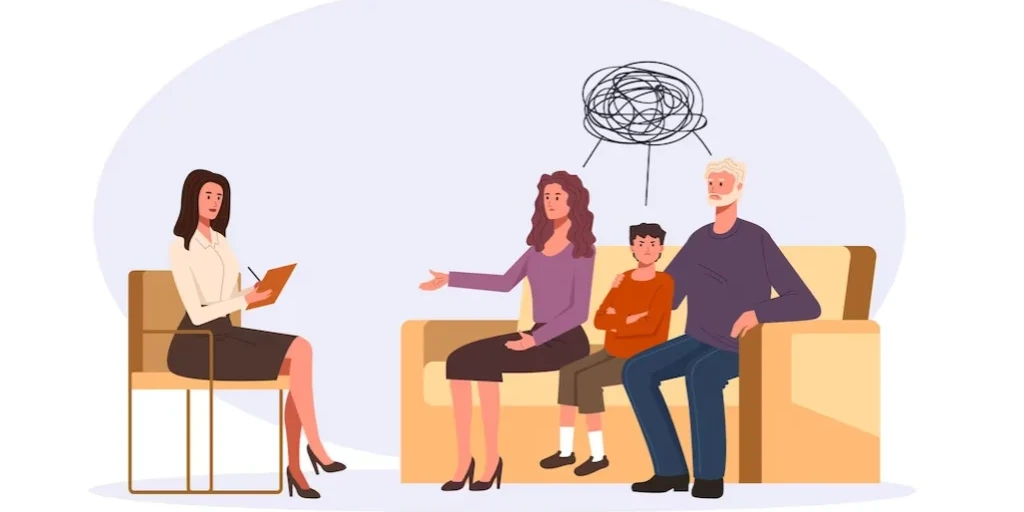24/7 Helpline:
(866) 899-221924/7 Helpline:
(866) 899-2219
Learn more about Heroin Rehab centers in Clay
Heroin Rehab in Other Cities

Other Insurance Options

Excellus

United Health Care

Multiplan

Providence

Lucent

MHNNet Behavioral Health

Self-pay options

Holman Group

Sliding scale payment assistance

Kaiser Permanente
Beacon

State Farm

Magellan Health

Regence

BHS | Behavioral Health Systems

CareFirst

American Behavioral

Group Health Incorporated

Cigna

WellCare Health Plans




















Prestera Center – Clay County
Prestera Center – Clay County is a non-profit rehab located in Clay, West Virginia. Prestera Center ...




